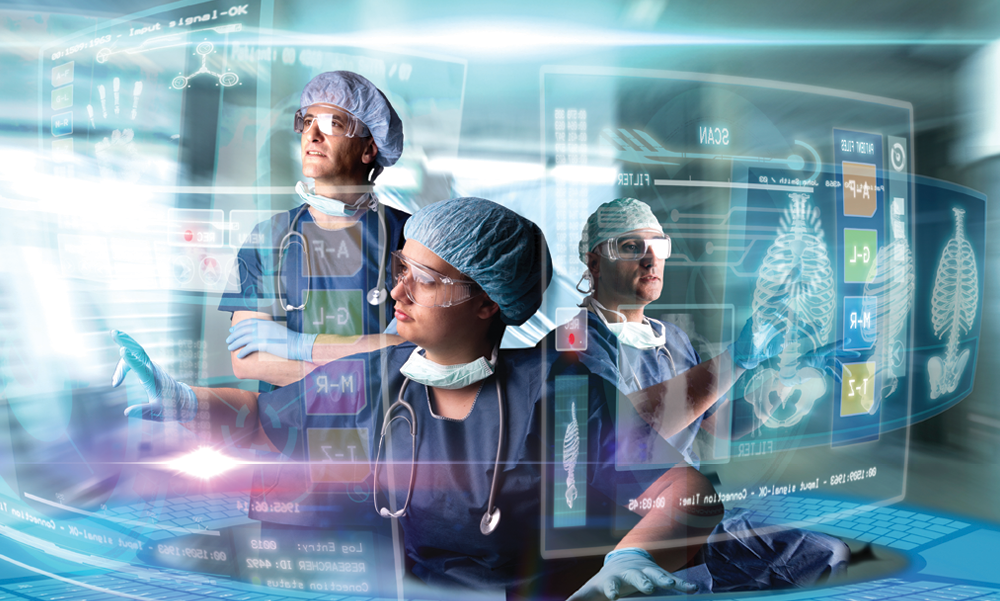
In today’s rapidly evolving world, technology has found its way into almost every aspect of our lives, including healthcare. The intersection of healthcare and technology is giving rise to exciting innovations that have the potential to revolutionize patient care. From artificial intelligence (AI) and the Internet of Things (IoT) to telemedicine and wearable devices, healthcare is undergoing a transformation like never before.
I. The Current State of Healthcare:
The traditional healthcare system is marred by inefficiencies, long wait times, and fragmented patient data. This status quo has created a pressing need for change. Fortunately, technology is providing solutions to these longstanding issues, ushering in a new era of healthcare.
II. Key Innovations in Healthcare Technology:
Recent years have seen remarkable advancements in healthcare technology. AI-powered diagnostic tools can analyze medical images with incredible accuracy. Telemedicine is making healthcare more accessible than ever before, allowing patients to consult with healthcare professionals remotely. Wearable devices can track vital signs and help individuals monitor their health in real-time.
III. Benefits of Bridging the Gap:
The benefits of bridging the gap between technology and patient care are profound. Improved accuracy in diagnosis, streamlined administrative processes, and enhanced patient engagement are just a few of the advantages. Moreover, adopting healthcare innovations can result in significant cost savings for both patients and healthcare providers.
IV. Overcoming Challenges:
While the promise of healthcare technology is immense, there are challenges to overcome. Ensuring the privacy and security of patient data is paramount. Navigating complex regulatory landscapes can be daunting. However, with careful planning and the right strategies, these challenges can be surmounted.
V. Patient-Centric Care:
The shift towards patient-centric care is a pivotal aspect of healthcare innovation. Patients are no longer passive recipients of care; they are active participants in their own well-being. Technology empowers patients to monitor their health, access information, and make informed decisions about their treatment.
VI. The Role of Healthcare Professionals:
Healthcare professionals play a central role in this transformation. They must adapt to new technologies, undergo training, and embrace innovative solutions to provide the best possible care. Many healthcare providers are already leading the way, demonstrating how technology can enhance patient outcomes.
VII. Future Trends in Healthcare Technology:
The future of healthcare technology holds even more promise. Genomic medicine has the potential to revolutionize personalized treatment plans. Robotics may assist in complex surgeries, and virtual reality could redefine rehabilitation and mental health therapies. Staying informed about these emerging trends is essential for both patients and healthcare professionals.
VIII. Case Studies:
Real-world examples illustrate the tangible benefits of healthcare innovation. From hospitals reducing diagnostic errors with AI algorithms to remote monitoring improving the quality of life for chronic disease patients, these case studies showcase the transformative power of technology in healthcare.
Takeaway
Healthcare innovations are reshaping the landscape of patient care. The integration of technology into healthcare not only improves efficiency and accuracy but also empowers patients to take charge of their health. As we look to the future, embracing these innovations will be essential for delivering high-quality, patient-centric care.
